How many days does dill sprout and why are there no shoots?
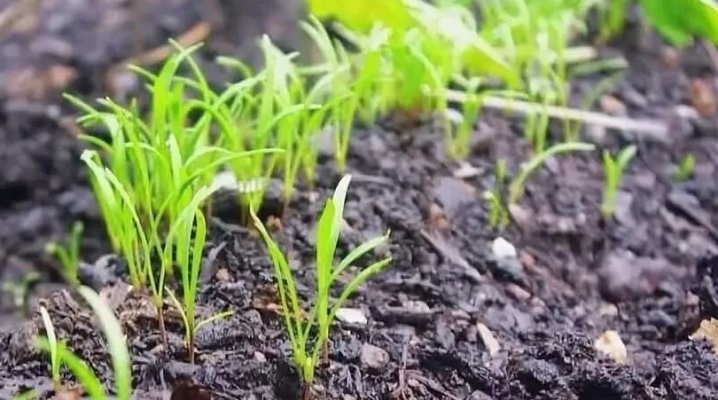
Dill is a popular condiment used in many dishes. This plant is considered unpretentious and grows almost by itself. But in order to achieve a rich harvest, the gardener needs to monitor the first shoots and create the right conditions for their growth and development.
What do seedlings look like?
The first seedlings of dill are pale green. They are weak and very gentle. However, after a couple of days, the situation changes. Greens stretch upward and grow stronger quickly.
If the gardener has placed a large number of seeds in the sowing furrows, at first the beds can be very thickened. In order for the plants to develop normally, they must be thinned out. As a result, the distance between green seedlings should be at least 2-3 cm.
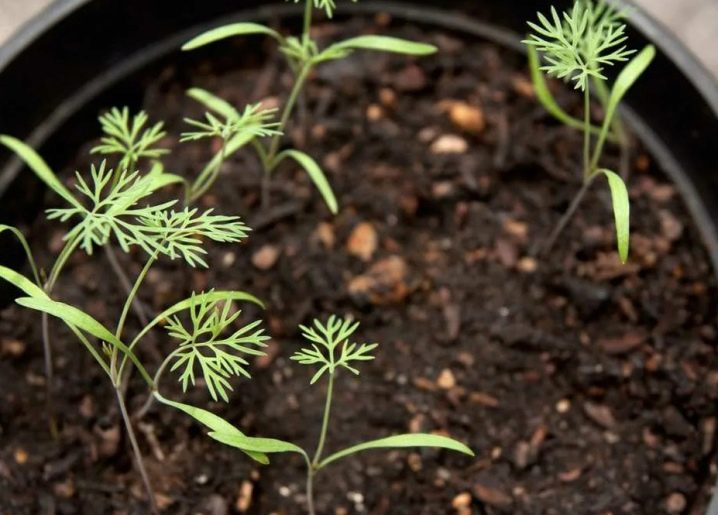
Influencing factors
The time of emergence of the first shoots largely depends on which variety of dill was chosen by the gardener. Early ripening varieties are the first to emerge. These greens are commonly used in salads. Popular early varieties are considered "Aurora" and "Griboyedovsky". They grow well both in the southern regions and in central Russia.
Mid-season varieties germinate a few days later. They are suitable for outdoor cultivation and greenhouses. If all the necessary conditions are met, they germinate about two weeks after sowing. The following varieties are popular among gardeners: "Kustisty", "Lesnogorodsky".
Late-ripening varieties of gardeners are usually planted in greenhouses or greenhouses. They are distinguished by more lush greenery. This dill contains more vitamins. In addition, it is stored much better, retains its presentation longer during transportation. Late dill germinates later than all other varieties. Common late-ripening varieties of dill are Dill and Alligator.
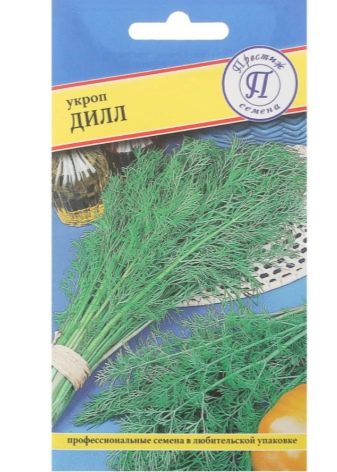
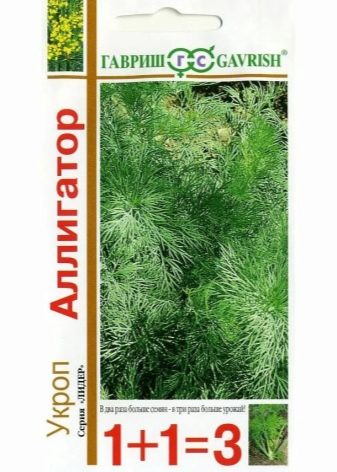
There are other factors that affect the rate of seedling emergence in the area.
- Landing time. It is worth planting dill in the garden only when the soil warms up well. The optimal time for planting crops on early greens in the middle zone of our country is from mid-April, in the south - from the beginning of this month. If the seeds are placed in cold soil, they will take much longer to germinate.
- Soil quality. Dill grows fastest in rich, fertile soil. Therefore, the site must be fed. For this purpose, you can use organic or complex fertilizers. The chemical composition of the soil also plays an important role. If the soil is too acidic, the seedlings will have to wait much longer. In some cases, greens do not grow at all in a neglected area.
- Lighting. In order for the seedlings to appear at the same time, to be strong and healthy, it is important for the gardener to make sure that the plants receive enough light. To do this, they are planted in lighted areas. When growing plants at home, containers with herbs should be placed on windowsills. If the dill does not have enough light, the seedlings stretch out, become weak and pale.
- Seed quality. The quality of the planting material plays a very important role. You should not sow old seeds in your area. For planting, planting material no older than 2-3 years is suitable. You can sow both purchased seeds and those collected on your site last year. The main thing is that they are stored in the correct conditions until the very planting.
It is very easy to create suitable conditions for growing young greenery. Even a novice gardener can cope with such a task.

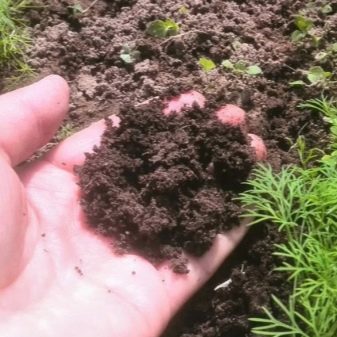
Timing
Gardeners can sow dill not only in spring or summer, but also in autumn. In the latter case, shoots sometimes appear after the snow melts when sunny days come. At this time, the greenery on the site grows very actively, because the soil is fed by melt water.
Dill sown in spring in open ground usually rises in 2 weeks. If the air temperature in the daytime is above 18-19 degrees Celsius, this happens 4-5 days faster.
Greenhouse dill germinates even in inclement weather 10-11 days after sowing. Seedlings that emerge in a greenhouse usually appear healthier and stronger than those that grow outdoors.
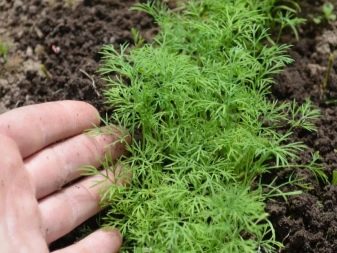
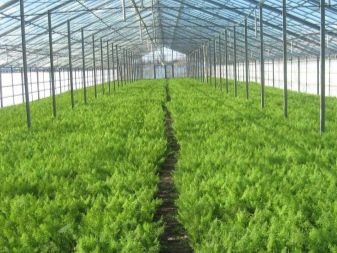
Why is germination poor?
There are several main reasons for poor germination of dill seeds.
- Planting too dense. Furrows should be at least 5 cm apart. After the emergence of seedlings, they will need to be additionally thinned out. Thanks to this, they will grow faster.
- The seeds were planted too deeply. In order not to have to wait for the emergence of seedlings for a very long time, the seeds should not be planted to a great depth. Usually, planting material is sown in grooves no more than 1.5 cm deep, and sprinkled on top with a thin layer of soil with sand. A nutritious substrate can be used as a powder. This will have a positive effect on the growth and development of the plant.
- Lack of moisture. The soil must be well moistened. For this, the beds are regularly watered. If this is not done, the seedlings will appear too late. In addition, their foliage will be light yellow or red.
- Wrong choice of neighbors. In order for the dill to grow quickly, the beds should be placed next to the "correct" neighbors. Dill grows well next to strawberries, onions or legumes. All of these plants will have enough nutrients for normal development, since their "diets" are different.
- Excess nutrients in the soil. It is worth remembering that the condition of the soil is negatively affected not only by the lack of nutrients, but also by their excess. Therefore, you do not need to overfeed young greens.
In order for the dill to grow and develop normally, the site can be additionally disinfected before planting greens. To do this, you can use ordinary boiling water or a weak solution of potassium permanganate.
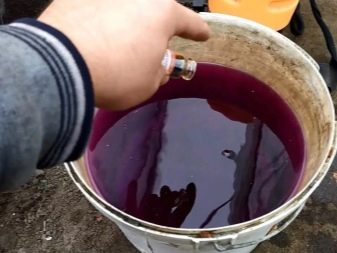
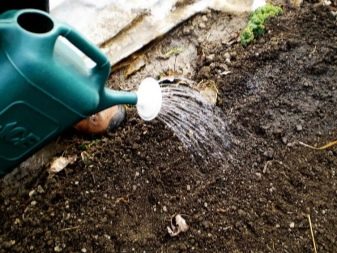
How to accelerate germination time?
There are other ways to speed up the seed germination process and increase the yield of dill.
Preparation of planting material
The first step before planting is to check the quality of the seeds used. This is done very simply. The seed is placed in a container of saline solution for several hours. Seeds suitable for planting sink to the bottom during this time. Poor quality planting material, on the contrary, floats up. Having selected suitable seeds, they need to be rinsed well under running water and dried on paper.
Seeds can be germinated further before planting. To do this, they are first washed in warm water, and then soaked for a day. In order not to harm future plants, the water in the container must be changed periodically.
An ash solution can also be used for soaking. For its preparation, 2 tablespoons of dry ash are diluted in 1 liter of warm water. The product is infused for two days. After that, it is filtered and poured into another container. A tissue bag with seeds is also placed there. In this form, the planting material is left for 5 hours. After this time, the seeds are re-dried and sown into the soil.
In addition, purchased growth stimulants can be used for the same purpose. The most popular are Kornevin and Epin. These drugs contribute to the rapid development of the embryo. And also the processing of planting material with growth stimulants allows you to strengthen the immunity of the future young plant.
Germinated seeds cannot just be thrown into the grooves. This will greatly harm them, as the sprout may break off. Therefore, they are simply neatly laid out in the wells prepared in advance.
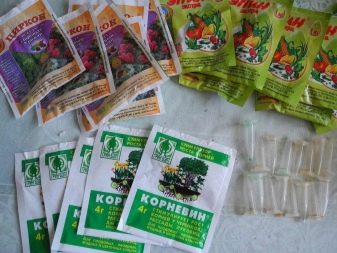
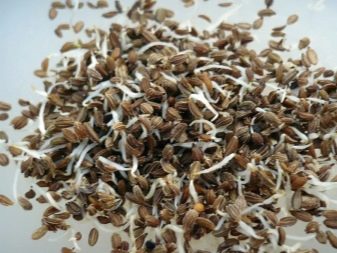
Correct soil preparation
In order for the first shoots to appear faster, the soil must be well moistened before planting the seeds. If the seeds are planted in dry soil, the emergence of seedlings should be expected only after rain. If dill is grown in a greenhouse or on a window, it will not appear at all without watering.
Additionally, the soil should be loosened: it must be soft. Dill should be planted on the site after potatoes, beets or legumes. In this case, the yield of greens will be much higher. If the plants that were grown in the selected place earlier were attacked by aphids, then onions or some flowers with a pungent smell should be planted next to the beds. This will help ward off pests. Ordinary marigolds are best suited for this purpose.
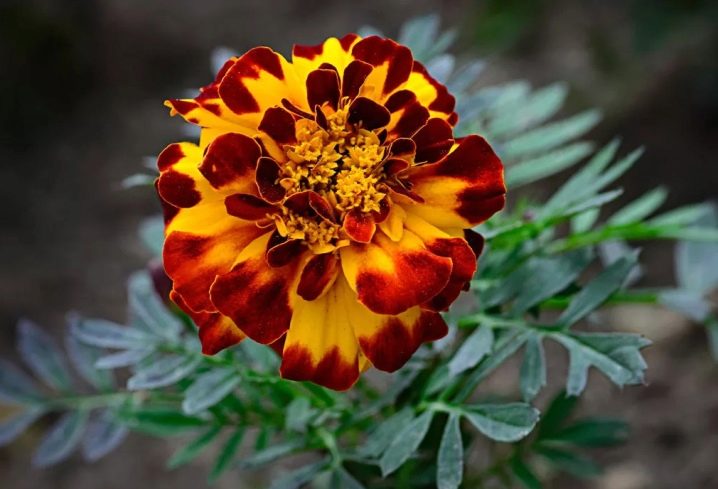
Landing before winter
So that gardeners can use fresh herbs for making salads in April, dill must be planted before winter. The soil for sowing seeds is prepared in stages. First, it is fertilized with organic or mineral fertilizers. After that, planting material is sown into the prepared soil. It is important to have time to do this before the ground freezes, since dill must adapt to the cold.
When sowing seeds in the fall, they should be buried more deeply into the soil. On top of the beds, you can additionally cover with mulch (straw, paper, peat). In the spring, the covering material is removed. This is usually done after the first shoots appear on the site.
If you follow all the rules when planting seeds and caring for them, the shoots of greenery in the garden will appear very quickly.
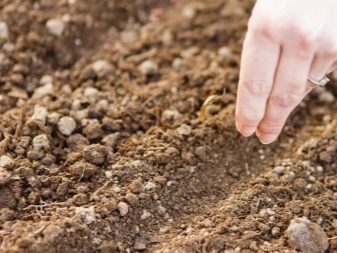
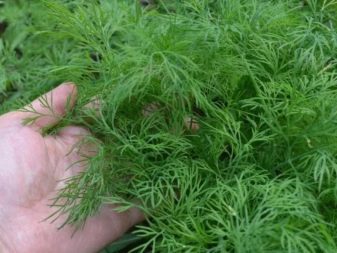













The comment was sent successfully.